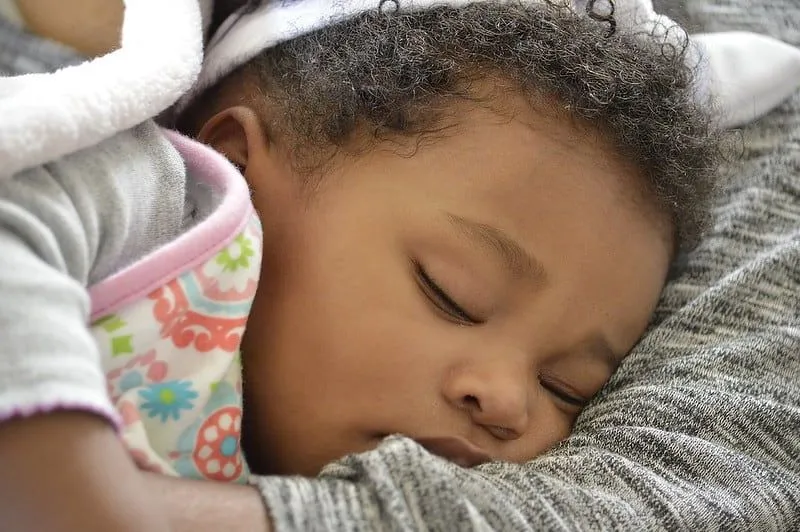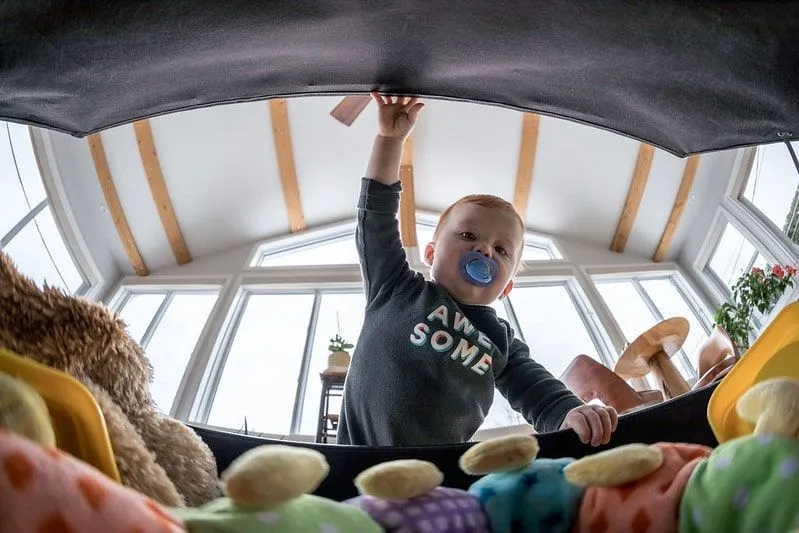FOR ALL AGES
When our babies need comforting, the dummy is usually a popular first point of call!
Dummies certainly have their benefits. They are great ways to help babies self-soothe in distress and they help them sleep well, as they feel more secure.
Not only does it provide instant relief and joy to our little ones, but also for parents and carers. In fact, it’s quite common for households to keep a stash of dummies lying around on standby! But, if babies grow into preschoolers and are still sucking their dummies, you may want to consider getting rid of their beloved comforter. Read on for our advice on how to make this process as painless as possible.

There is no wrong or right time to ditch the dummy, as it varies for each baby. Some experts suggest if you wean them off before 12 months, it’s less likely your child will develop a long-term attachment. But in the case of toddlers, it’s recommended to think about dummy weaning between 18 months to two years of age. By this time, children can be very attached to it and tend to use it for longer periods outside of their sleep time. It’s also an ideal time to try and stop the dummy once a child is weaned and potty trained.
Medical research has suggested that frequent dummy use can cause a number of health and developmental problems. Consistent sucking promotes fluid collection in the ears, which can lead to ear infections. This can be a particular issue if your toddler is getting ear infections.
It can also affect early language skills, and cause dental issues for developing teeth. Studies suggest after the age of two, prolonged dummy use may cause top or bottom teeth to slant or tilt. Issues can worsen if a dummy is still used after four years, as that’s when permanent teeth start to erupt which could lead to potential long-term damage to adult teeth.

But we know that weaning our little ones off their dummy is easier said than done! It can often be a huge challenge, especially for those who rely heavily on them. Here are some helpful (and creative) tips on how to wean a baby off a dummy and ditch the habit for good.
This method is a hot topic amongst parents, but usually works a treat. Firmly take the dummy away and don’t give in! This will be an anxious time for many, so you’d still need to explain what is going to happen on ‘dummy day’ to emotionally prepare your child. Let them know a few days before you’re going to take away their beloved dummy, so they’re aware. This can be challenging for both little one and parents, and there may be some tears and tantrums at first. But if you stand your ground, a child will usually forget about their dummy in a few weeks.

Kids love the concept of the ‘tooth fairy’ coming to visit. So why not adapt it to the ‘dummy fairy’ approach instead? Explain to your child that as they are growing into a ‘big girl/boy now’, the dummy fairy wants to reward them by taking away their dummy. Simply gather all their dummies around the home, and let your child place them by their bedside at night. If you want to make it more exciting, you can wrap it up nicely and label it to the dummy fairy. When they wake up in the morning they will find their dummies gone, (collected by the dummy fairy), and replaced with a lovely gift!
If cold turkey seems too drastic for you, you could try the traditional weaning or phasing out method. Begin by setting limitations on when and where it can be used. So you could say it can’t be used after a certain time, or not in the living room for example. Or you could only give it at nap-time and bedtimes, and then after a week or so, stop giving it during naps. Bedtimes can be a little tricky as that’s usually the time when they need it the most. But you could try removing it from the cot or bed completely once your little one has spat it out and is fast asleep. You set your own rules, and hopefully, over time your child will realise they won’t need it so much.
If your child loves arts and crafts, then they won’t mind doing this fun activity. Gather up all their dummies and create a dummy mobile or perhaps a colourful collage. These can be decorated and kids can be creative as they like, turning their beloved dummies into wonderful animals. An alternative is to hang the dummies on a tree outside in the garden as décor. But don’t forget to get rid of them once the novelty wears off!
If your little one is attached to their dummy, taking it away can be extremely upsetting. It’s not uncommon for dummy withdrawal to cause tantrums, especially at nap or bedtime. Alternatives like extra bedtime cuddles and reassurance can help soothe your child. Perhaps they can choose a new toy that can provide the same comfort at night, or you can introduce a new storybook or audiobook routine to settle them. A relaxing sleep music playlist can also aid them to sleep without having to rely on their dummy.

You know the saying, ‘out of sight, out of mind’? Well, in this case, gather up all their dummy collection and get rid of once and for all! If you don’t want to bin them all, keep them in a safe place to hide temptation. If your little one searches endlessly and begs for it, simply tell them they are ‘lost’. Keep them distracted by other fun things to see, do or play with. Fingers crossed they will eventually forget about it.
The main thing is not to stress or panic. It is a gradual process for both you and your child, so don’t worry if all your attempts prove unsuccessful at first. Hang on in there, have bags of patience, and give it all the time it needs. Soon enough your child will be able to live happily ever after without their dummy!
Read The Disclaimer
At Kidadl we pride ourselves on offering families original ideas to make the most of time spent together at home or out and about, wherever you are in the world. We strive to recommend the very best things that are suggested by our community and are things we would do ourselves - our aim is to be the trusted friend to parents.
We try our very best, but cannot guarantee perfection. We will always aim to give you accurate information at the date of publication - however, information does change, so it’s important you do your own research, double-check and make the decision that is right for your family.
Kidadl provides inspiration to entertain and educate your children. We recognise that not all activities and ideas are appropriate and suitable for all children and families or in all circumstances. Our recommended activities are based on age but these are a guide. We recommend that these ideas are used as inspiration, that ideas are undertaken with appropriate adult supervision, and that each adult uses their own discretion and knowledge of their children to consider the safety and suitability.
Kidadl cannot accept liability for the execution of these ideas, and parental supervision is advised at all times, as safety is paramount. Anyone using the information provided by Kidadl does so at their own risk and we can not accept liability if things go wrong.
Kidadl is independent and to make our service free to you the reader we are supported by advertising.
We hope you love our recommendations for products and services! What we suggest is selected independently by the Kidadl team. If you purchase using the buy now button we may earn a small commission. This does not influence our choices. Please note: prices are correct and items are available at the time the article was published.
Kidadl has a number of affiliate partners that we work with including Amazon. Please note that Kidadl is a participant in the Amazon Services LLC Associates Program, an affiliate advertising program designed to provide a means for sites to earn advertising fees by advertising and linking to amazon.
We also link to other websites, but are not responsible for their content.
Was this article helpful?



We’ll send you tons of inspiration to help you find a hidden gem in your local area or plan a big day out.



Check your inbox for your latest news from us. You have subscribed to:
Remember that you can always manage your preferences or unsubscribe through the link at the foot of each newsletter.